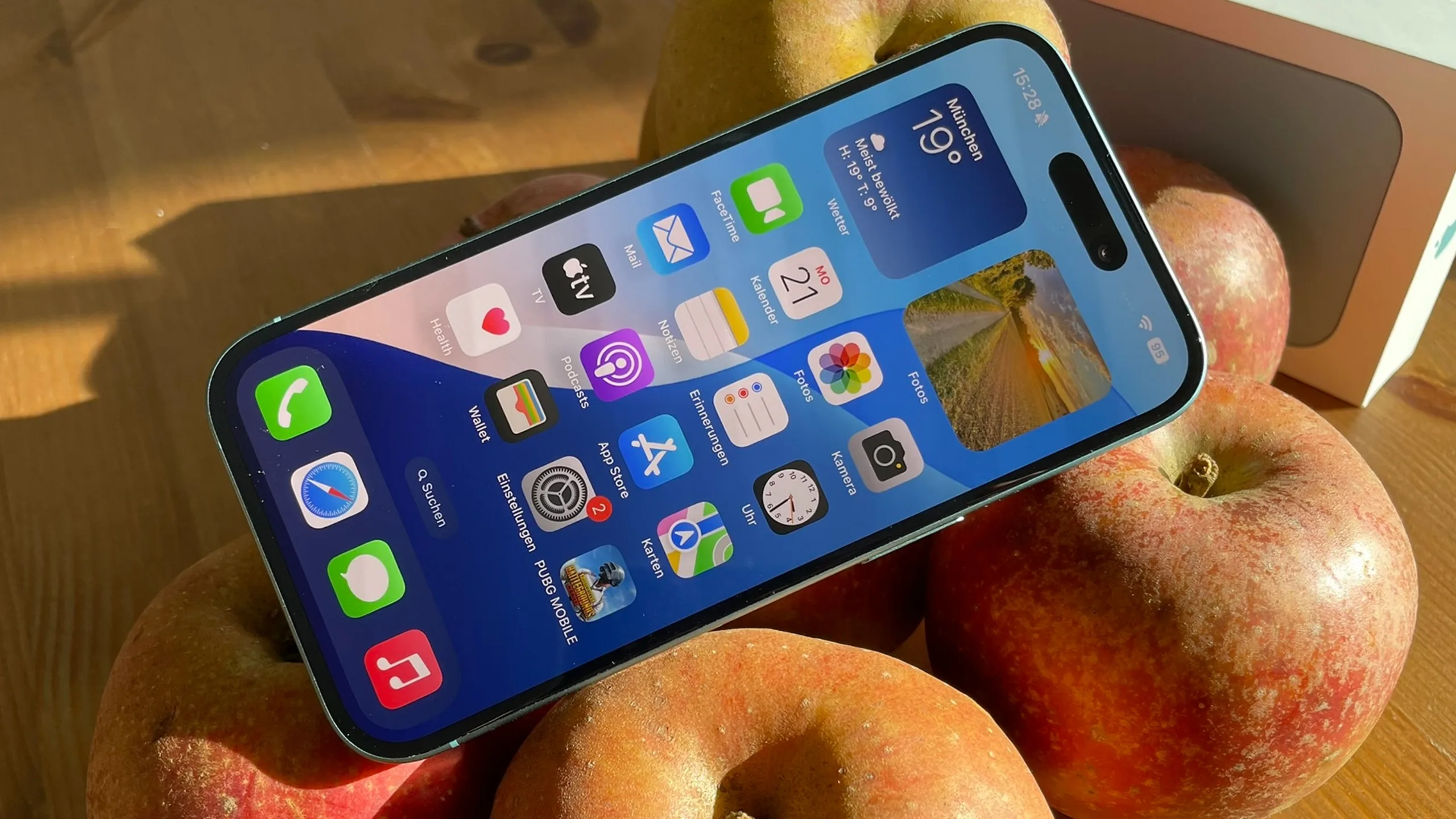
New edition. A bigger battery, more RAM, a new camera button, more vivid colors, and even more power: By Apple’s standards, the iPhone 16 packs an above-average number of new features, making it one of the best compact smartphones on the market. Our review reveals whether it’s worth purchasing or upgrading.
Verdict – Still strict separation between the Pro and non-Pro models
With the iPhone 16, Apple might not be reinventing the wheel. Still, it has crammed the newest edition of its smartphone with a comparably large number of updates compared to the previous generation. What remains are plus points such as very premium build quality, powerful cameras, a bright OLED panel, and a long update period.
The Apple A18 makes the iPhone 16 significantly more powerful than the iPhone 15, and users will benefit from the RAM upgrade to 8 GB even though it has nothing to do with the much-heralded AI features. WiFi 7 has now also made its way onto the “base” iPhone, although, like the Pro models, it is limited to a 160 MHz bandwidth. In everyday situations, the 6 percent larger battery ensures slightly better battery life.
With the Action button, the iPhone 16 has not only inherited a feature that used to be reserved for the Pro models but one that also replaces the classic rocker. Another innovation is the haptic camera button that controls the camera. Whether or not it’s actually useful is another question.
One feature criticized on the iPhone 15 has been carried over to the iPhone 16, causing it to also be one of our main points of criticism. Although the smartphone almost has a four-figure price tag, the OLED screen continues to run at a no longer up-to-date 60 Hz. Plus, you will still have to make do without an always-on display. Additionally, you only get a 12-month warranty, it still has the slow USB-C 2.0 and the charging speed is not particularly fast.
One alternative to the iPhone 16 is, for example, the iPhone 15, which is now significantly cheaper and has a very similar feature set. One recommendation on the Android side is the 6.2-inch Samsung Galaxy S24 and, at 6.36 inches, the similarly compact Xiaomi 14.
Apple iPhone 16 (iPhone 16 Series)
Processor:Apple A18 6 x – 3.8 GHz
Graphics adapter:Apple A18 GPU
Memory:8 GB
Display:6.10 inch 19.5:9, 2556 x 1179 pixel 460 PPI, capacitive touchscreen, Super Retina XDR OLED, 1600/2000 nits max. brightness (HDR/outdoor), 1 nit min. brightness, glossy: yes, HDR, 60 Hz
Storage:Apple 512GB NVMe, 512 GB, 496 GB free
Weight:170 g ( = 6 oz / 0.37 pounds) ( = 0 oz / 0 pounds)
Price:1329 Euro
Note: The manufacturer may use components from different suppliers including display panels, drives or memory sticks with similar specifications.
>>>A2830 Battery for Apple iPhone 14 Pro Max
Case – Bold colors for the iPhone 16
Apart from the arrangement of the rear camera, Apple has adopted the iPhone 15’s design, more or less 1:1, for its iPhone 16. However, unlike the predecessor, considerably bolder colors are available on day one. Our review device is Teal, with the other colors being Ultramarine, Pink, White and Black.
The iPhone 16 also possesses a stylish unibody case, is excellently crafted, feels very premium, and, in our tests, it proved itself to be exceptionally resistant to any of our attempts to dent or twist it. The chassis is dust and waterproof according to IP68.
The iPhone 16 has an aluminum frame, and the rear is made from matte, solid-colored glass, which hardly attracts fingerprints apart from the Apple logo in the middle. On the front, once again, the Ceramic Shield screen protection has been used. However, this is claimed to 50 percent more robust than the type found in the iPhone 15.
While the predecessor’s main and ultra-wide-angle cameras were offset to the side, they are now located directly on top of one another, the same as the iPhone 16 and iPhone 16 Plus. This also means that both devices can now shoot three-dimensional videos. This was not possible with either the iPhone or the iPhone 15 Plus due to the diagonal positioning of both cameras.
Nothing has changed concerning the dimensions. The iPhone 16 is exactly the same size as the iPhone 15 and weighs 1 gram less. This is not likely to be noticeable in everyday use.

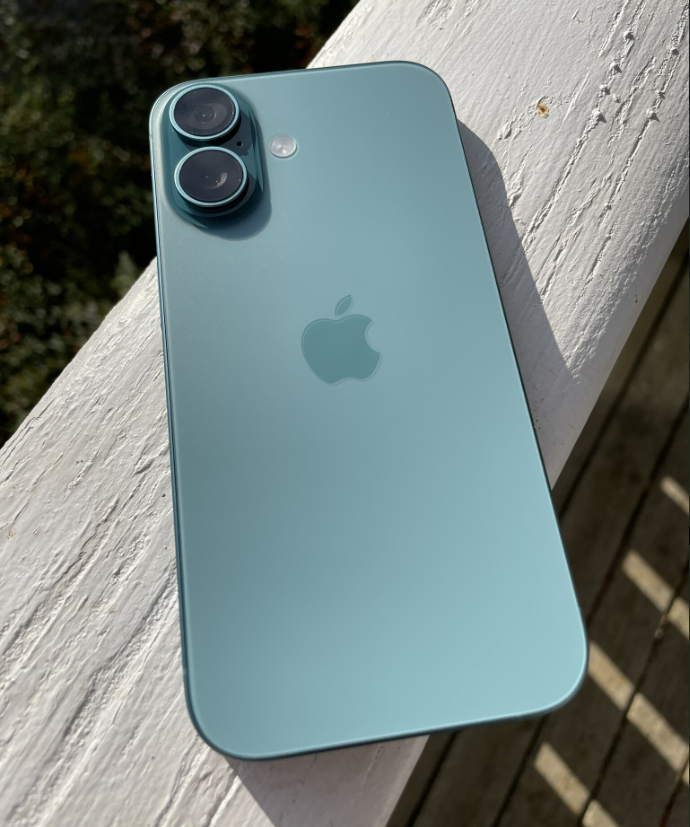
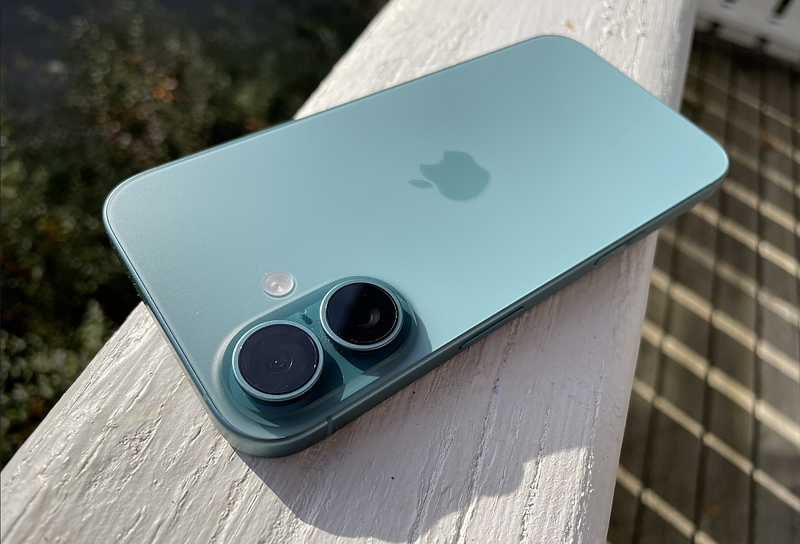
Features – The Apple iPhone 16 has 8 GB of RAM
To ensure that Apple’s new AI features also run on the “smallest” new iPhone, the iPhone 16 has 8 GB of RAM (iPhone 15: 6 GB). However, price-wise, nothing has changed compared to the iPhone 15. The available storage is also the same:
- 128 GB mass storage: $799
- 256 GB mass storage: $899
- 512 GB mass storage: $1,099
Unlike the iPhone 16 Pro and iPhone 16 Pro Max, the iPhone 16’s USB-C port is connected internally using the USB 2.0 speed rather than USB 3.2. This makes data transfer much slower, and this was confirmed by the copy test with our test SSD, the Samsung 980 Pro (38.9 MB/s).
The USB-C port supports the DisplayPort protocol, meaning you can mirror the iPhone’s screen on a monitor. To achieve this, you will also need a USB-C cable (USB 3.1 or higher) as well as a suitable external display.
In addition to Bluetooth 5.3 and an NFC chip (which is only available in read mode), the iPhone 16 also possesses an ultra-wideband chip. One new addition is support for the smart home wireless standard, Thread.
In Europe, Apple continues to offer the iPhone 16 with a nano-SIM slot. Together with an eSIM, dual-SIM operation is possible. Alternatively, 2 eSIMs also work.


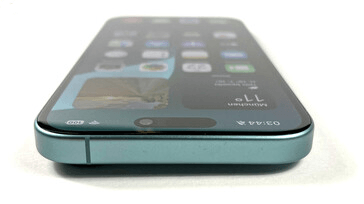
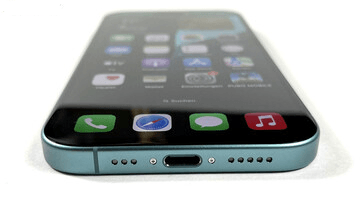
Software – The Apple iPhone 16 with iOS 18 and initially without AI
The iPhone 16 runs the new iOS 18. In addition to small changes such as the newly-designed photo app, a significantly more customizable control center and a move away from the rigid app grid. Apps can now be placed anywhere on the home screen. However, above all else, it’s the AI functions that set the new operating system apart from iOS 17.
We already presented the AI functions – otherwise known as Apple Intelligence – in our iPhone 16 Plus review. They include AI-generated emojis, photo editing, voice message transcription, websites and other text-based content as well as a smarter Siri voice assistant.
However, due to the Digital Markets Act (DMA) data protection, Apple Intelligence for iPhones won’t initially be available in the EU. Apple wants to play catch-up as soon as an agreement has been reached with the European Commission, something that probably won’t happen before 2025.
Apple hasn’t provided any information on how long the iPhone 16 will receive updates. However, experience shows that you can bank on a 5-year update period. On top of this, older devices still receive updates, if critical security gaps need to be closed.
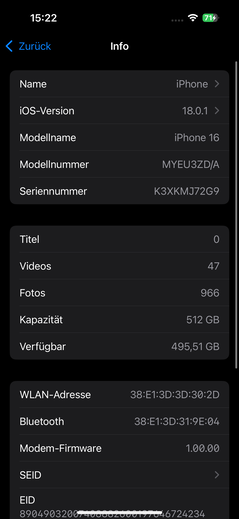
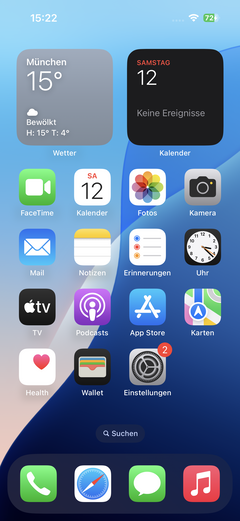
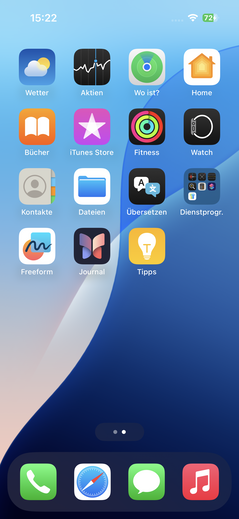
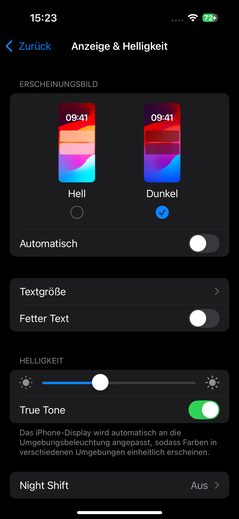

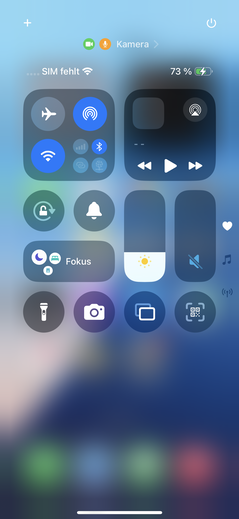
Sustainability
According to Apple, more than 30 percent of the iPhone 16 consists of recycled material. When it comes to gold, cobalt, lithium and rare earth, the recycling quota even manages to hit 100 percent.
The packaging doesn’t contain any plastics and consists 100 percent of wood fibers, which have also either been recycled or sourced from responsibly farmed forests. Apple has provided precise information in this report.
In the past, iPhones weren’t exactly famous for being easy to repair. However, in the meantime, that has changed significantly, since the current iPhones have a modular internal design and can be opened from both sides. Additionally, the iOS-integrated repair assistant helps to avoid software errors after replacing components.
Experienced users can repair their iPhones themselves. Although special tools are required to do this, Apple also provides support with detailed repair manuals.
Telephone functions and voice quaility
The iPhone 16 supports both VoLTE and WiFi calls. In addition to a physical SIM, you can also activate an eSIM. Alternatively, you can also have two eSIMs if you wish to do without a SIM card.
In our test, the iPhone 16 delivered good voice quality. Using the mobile and landline, we could hear our counterparts perfectly, and the same level of intelligibility was reported on the receiving end. In hands-free mode, that essentially didn’t change, we just sounded a touch quieter.
If a mobile network or Wi-Fi is not at hand, the iPhone can also make emergency calls via a satellite connection. Once activated, the service is free for the next two years. However, it will presumably remain permanently free of charge. Apple would be put in a very bad light if the life-saving function had to be activated in an emergency due to the lack of an active subscription.
Cameras – A 48 MP camera with 2x zoom

The iPhone 16’s selfie camera still has a 12 MP resolution and takes good shots with a nice bokeh effect. Like the main camera, it can record videos at 4K and up to 60 frames per second, delivering very good image quality in the process.
Apple also has nothing new to report regarding the iPhone’s main camera. It continues to use a 48 MP resolution image sensor and allows you to capture photos at either 12 or 24 MP. You can use the full 48 MP as long as you activate Resolution control in the settings.
The Sony image sensor also allows the iPhone’s main camera to capture telephoto shots at 12 MP, which represents 2x zoom. Photos captured with the main camera also impress in difficult lighting conditions with high image sharpness and balanced color reproduction. When you magnify the images using the 2x zoom, many details are still visible, however, at higher zoom levels – the digital zoom goes up to 10x – things quickly get blurry.
The main camera records videos at a maximum of 4K and 60 frames per second and possesses the same impressive image quality as the photos. The videos are very sharp, and the autofocus responds precisely, easily switching between bright and dark subjects. If you use the cinema mode, the camera automatically focuses on faces and saves additional depth information so that the focus can be adjusted later for blurry effects.
The 12 MP resolution ultra-wide-angle camera uses a new sensor that has a slightly wider f/2.2 aperture (iPhone 15: f/2.4). It does its job well within the limits of its capabilities. You get solid and largely distortion-free shots which don’t show many details.






Accessories and warranty – The Apple iPhone 16 comes with a 12-month warranty
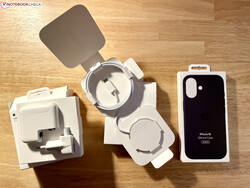
Optional accesories, from left to right: 30-watt charger, MagSafe charger, silicone case
With its iPhone 16, Apple has included a USB-C cable (USB 2.0) as well as a SIM tool. Inside the slim packaging, there are also a few booklets with info material. The Apple stickers which came with the previous iPhone models are no longer included.
Apple offers plenty of additional accessories for its smartphone and these include a 30-watt charger ($39), a MagSafe adapter ($39) and silicone cases with MagSafe functionality ($49).
The iPhone 16 comes with a 12-month warranty. Via AppleCare+ and for additional surcharges, this can be extended, starting at $9.99 a month or a one-off payment of $199 for 2 years. If you also wish to provide cover for theft and loss, the prices increase to $11.49 a month or a one-off payment of $219.
Apple iPhone 16: Battery
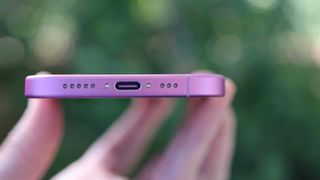
- Like the iPhone 15, the iPhone 16 delivers all-day battery life
- Support for faster wired and wireless charging is a welcome addition
Just like with iPhone 15, and every iPhone before that, Apple does not publicly share the battery size for any of its phones – or most of its products. We’ll wait until somebody else tears one apart to get the answer in mAh. Rather, Apple says the iPhone 16 should last for up to 22 hours of local video playback, up to 18 hours of video playback if streamed, and up to 80 hours of audio playback. That’s an additional 2 hours of video playback over the iPhone 15.
Considering those are specific use cases, I’m here to tell you that the iPhone 16 can get you through a full day, from morning to evening, even under more intensive use. After a few days of use I’d estimate 15 to 16 hours of screen time before I needed to recharge my iPhone 16.
You can, of course, engage low power mode to stretch it a bit more and stop it from constantly refreshing in the background. On Future Lab’s battery rundown test, the iPhone 16 lasted for 12 hours and 43 minutes, which is a decent amount of time, but not the best I’ve seen.
On a particularly busy day at a festival filled with a lot of photo capture and video recording, I did need to recharge my iPhone 16 after about 8 hours of use. So, more intense tasks will eat the battery faster. Luckily, it still comes with a braided USB-C to USB-C cable in the box, and you can fast-charge the iPhone 16. I was able to get it from 0% to 48% in about 30 minutes with a standard 20-watt adapter, but plugging it into a 35-watt charger did get to 51% in 30 minutes.
The iPhone 16 also has some new wireless charging tech with support for the new MagSafe charger and the Qi2 standard – you can get up to 25W with MagSafe and up to 15W with Qi2. You’ll also want to pair either of those with at least a 30-watt adapter. I did notice with either wireless charging platform, the iPhone 16 did get a bit warmer than with a wired charge.
Apple iPhone 16: Should You Buy?
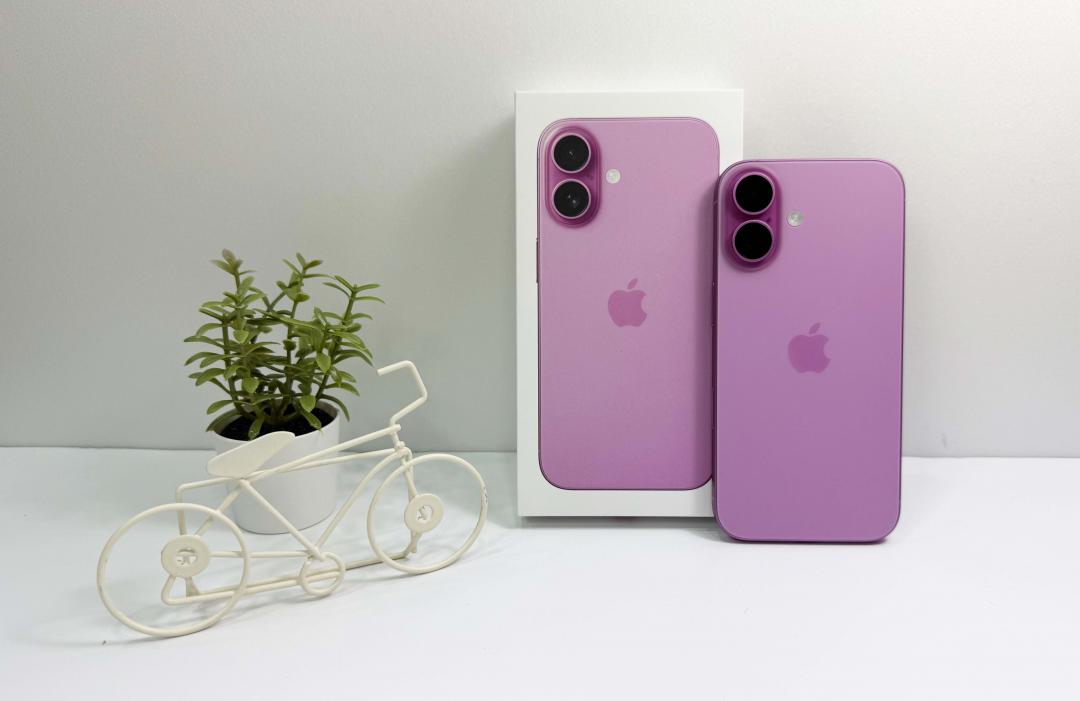
The Apple iPhone 16 is a very good smartphone with powerful features and a compact 6.1-inch format that still only continues to rely on a 60 Hz screen.
Buy it if..
You want an affordable, smaller iPhone
At $799 and with a 6.1-inch display, the iPhone 16 is an excellent option for those who don’t want to use two hands or spend a ton. It offers some really nice features and will support Apple Intelligence.
You want more control for taking photos
Camera Control isn’t just a buzzword, but what makes shooting photos and adjusting on the fly a bit easier. If you love taking photos with your iPhone or recording videos, it is an excellent upgrade.
Don’t buy it if…
You’re happy with an iPhone 15
If you aren’t desperate for a new button to take photos and Apple Intelligence isn’t calling your name, you don’t need to upgrade to the iPhone 16.
You want a bigger screen
If you want a larger display, consider the iPhone 16 Plus, which boasts a 6.7-inch Super Retina XDR display.
You want a true zoom lens
The iPhone 16 tops out at 2x telephoto or 10x digital zoom, so if you want to zoom in farther with more clarity, look at the iPhone 16 Pro, Galaxy S24 Ultra, or the Pixel 9 Pro.